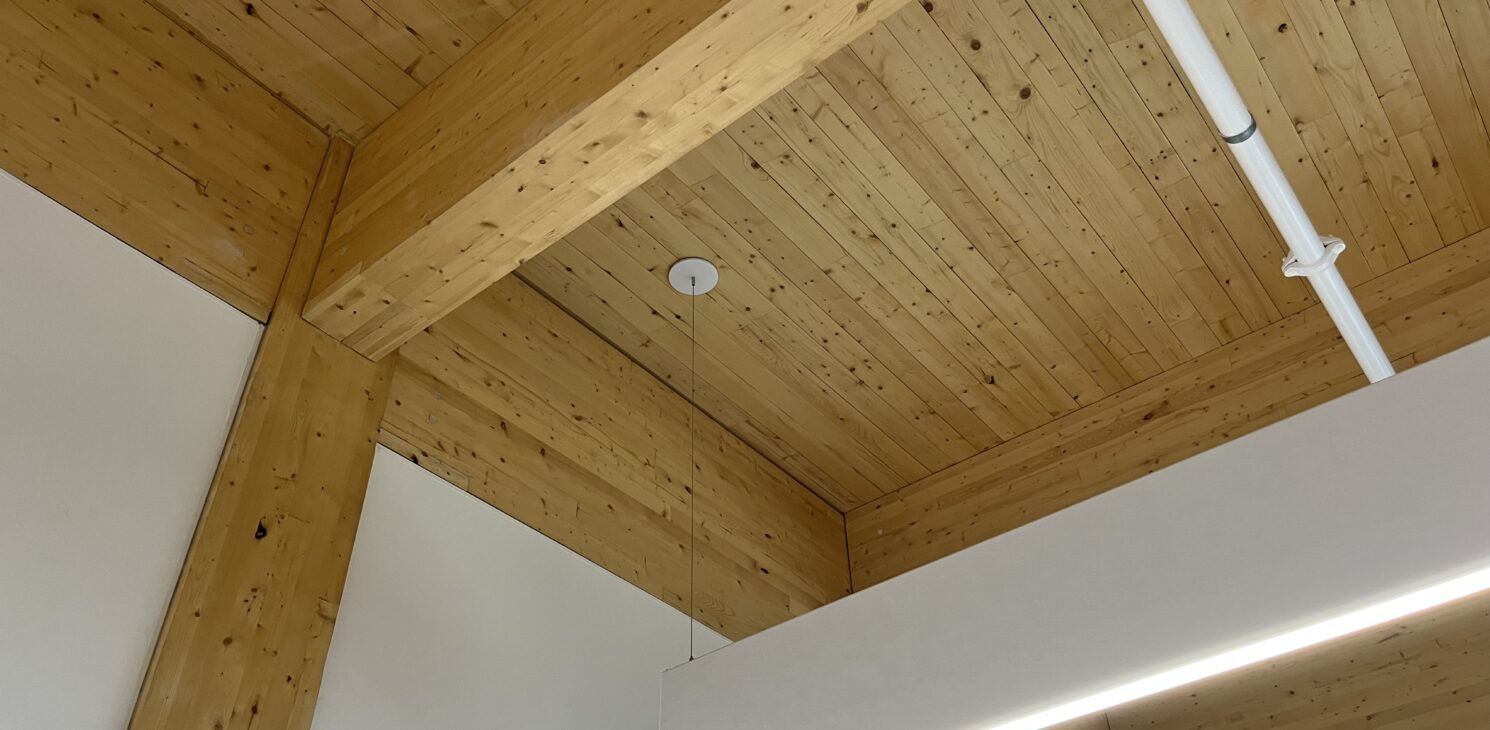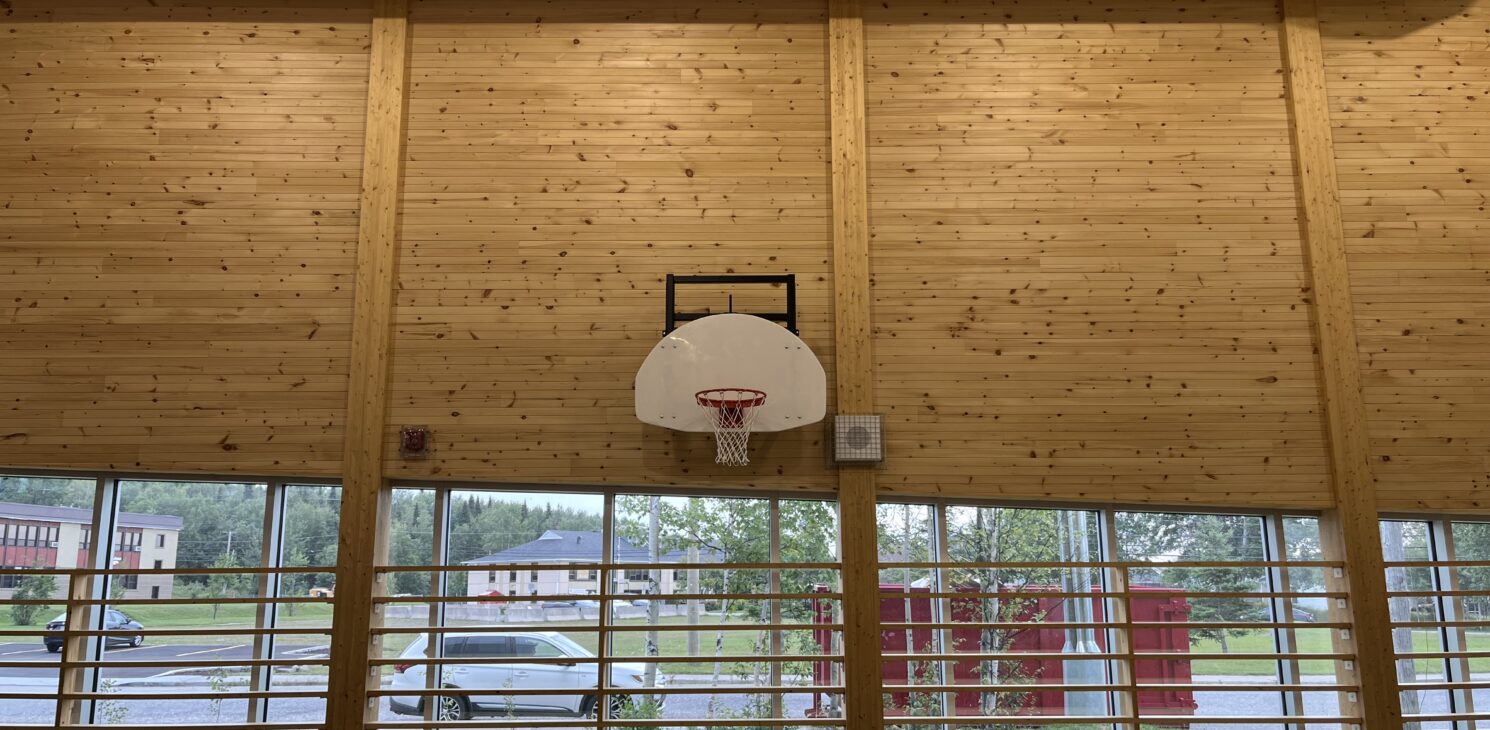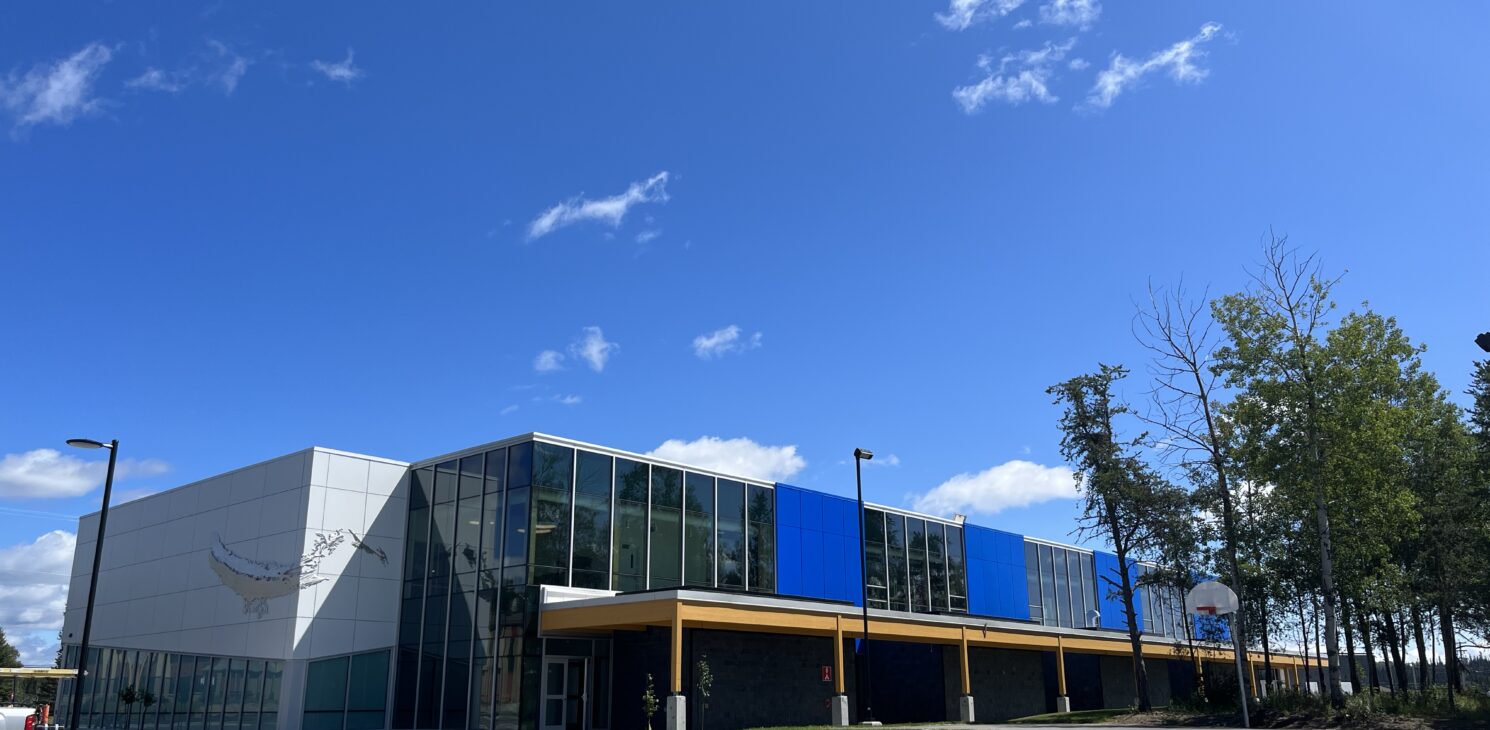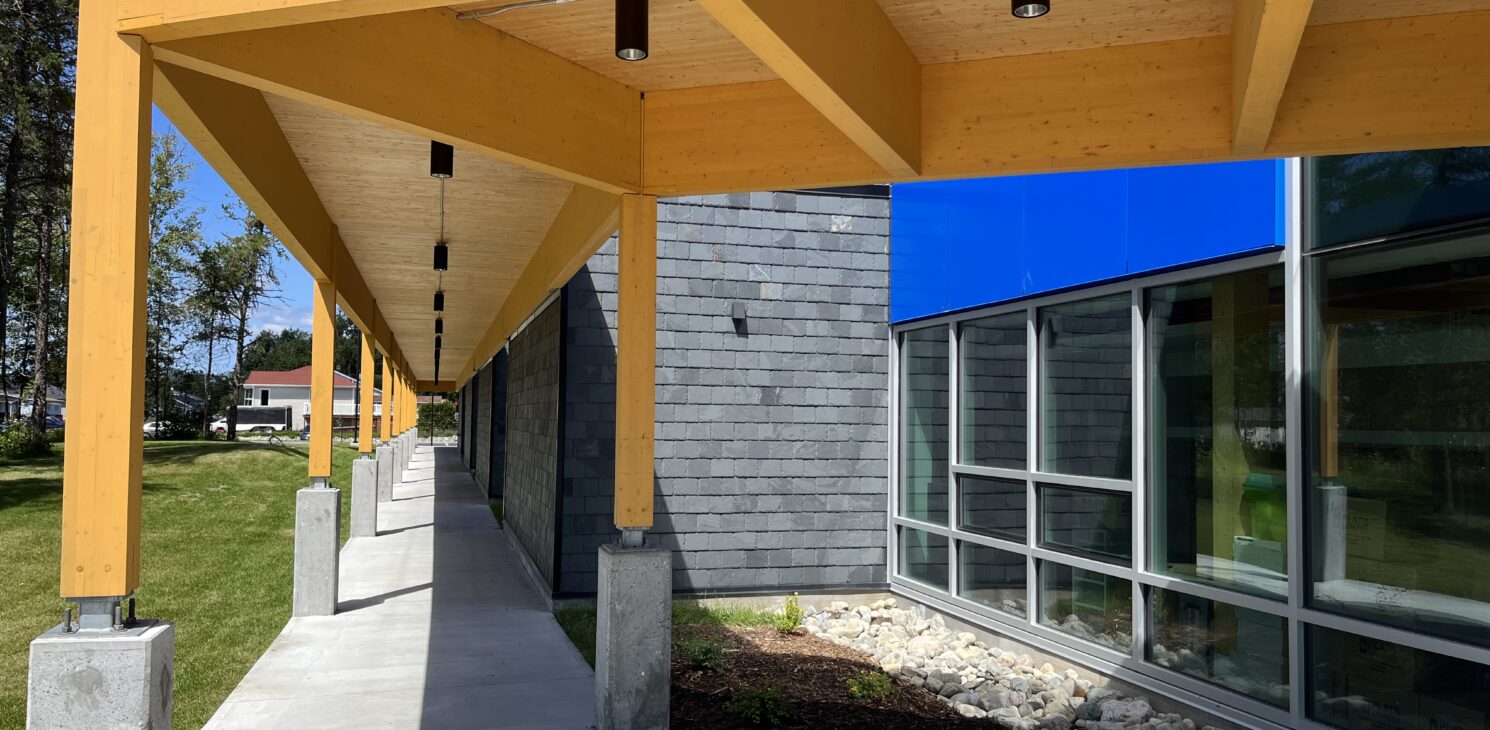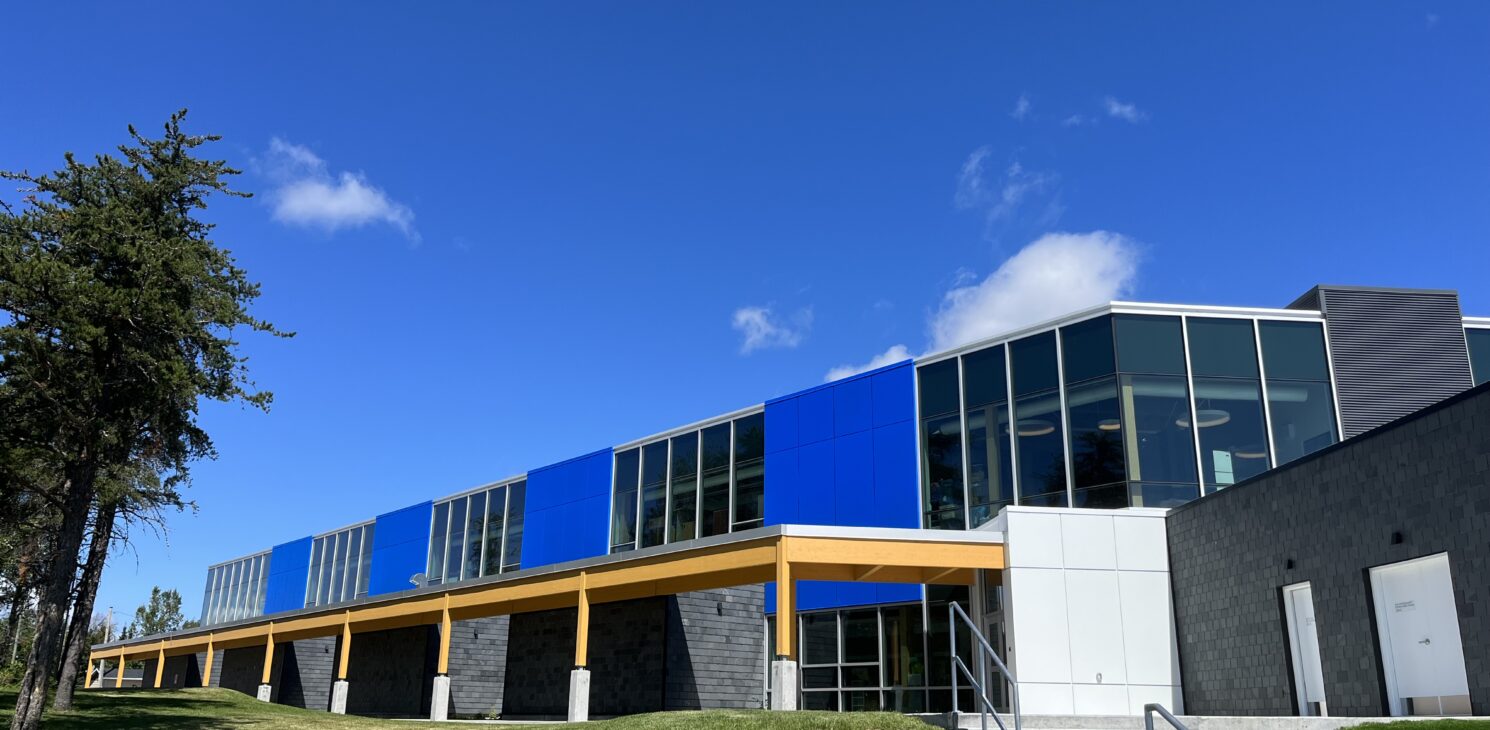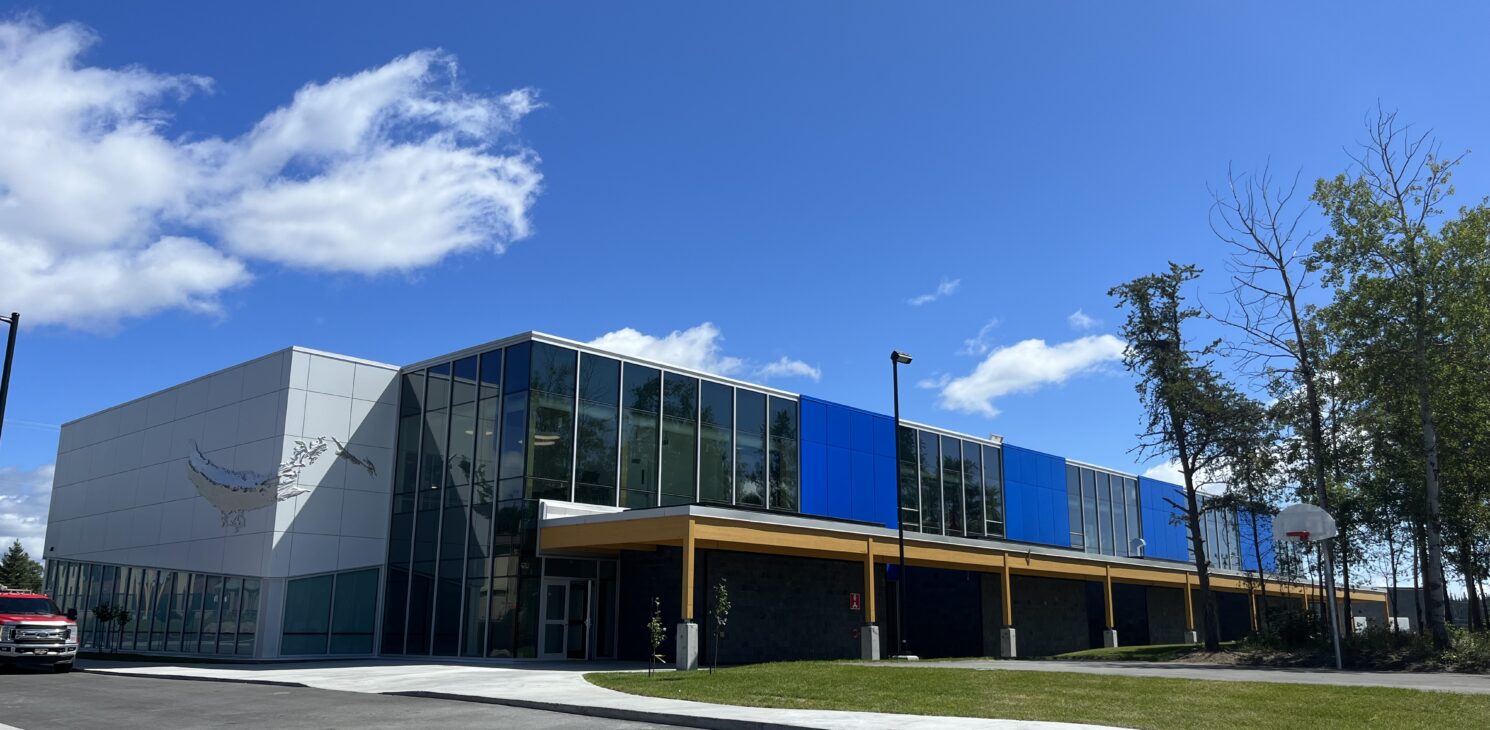In an age of ecological transition, life cycle assessment (LCA) has become an indispensable process. This is especially true in the construction sector.
The approach consists in identifying and quantifying the environmental impacts of a system – such as a building –, from the extraction to the end-of-life disposal of the raw materials required for its construction.
“LCA is an ISO 14040 standardized assessment methodology which provides a framework for determining the greenhouse gas emissions produced over an entire life cycle,” explains Camille Laflamme, Sustainable Development Junior Professional at CIMA+ and LEED Green Associate.
Life cycle assessment is one of the services provided by the Sustainable Development department, initiated by the engineering firm in 2021. The aim is to support customers in their fight against climate change.
The LCA service offered at CIMA+ also ensures compliance with such environmental certifications as LEED and Zero Carbon Building.
“A growing number of major players are taking action to reduce embodied carbon emissions. Some of them, like the City of Toronto, have even set the cap on carbon intensity for all new municipal buildings,” the candidate to the engineering profession points out. The City of Vancouver and the City of Edmonton have also set similar targets.
The benefits of advanced software
When designing a building, the devil is often in the details. Should the structure be made of wood? Are the “green” materials recyclable? And what about the construction methods? Any LCA worthy of the name will provide answers to all these questions. “It helps us better understand the interactions between the different phases of a building’s life cycle, which in turn allows us to pinpoint potential improvements and guides decisions,” Camille Laflamme adds.
There are several LCA software programs designed specifically for the construction industry. For its part, CIMA+ has put its trust in One Click LCA, the solution best suited to its needs. And for good reason because the online platform features over 150,000 data points from both public and private sources. What’s more, the database is updated regularly, ensuring that the most current data is always used.
“The data comes from all corners of the world,” Camille Laflamme explains. “We can therefore develop scenarios with a wide range of proposed materials.”
One Click LCA complies with the principal environmental certifications, standards and requirements and makes it possible, among other things, to import environmental data from Excel, Revit, IESVE, and so on. This automation feature results in significant time savings – and greater precision – compared to the conventional method, which consists in manually recording each of the LCA parameters, one type of material at a time.
“The same can be said for the presentation of results,” Camille Laflamme adds. “In just a few clicks, we can create charts and tables that are easy to understand.”
Making informed choices at the design stage
Using the tool, CIMA+ is now able to perform precise measurements of a building’s carbon emissions as early as the design stage. “In Quebec, because we are fortunate to have clean electricity at our disposal, the use of a building emits relatively little greenhouse gas. Instead, it is the raw material extraction, processing and transportation stages that account for the greatest proportion of overall emissions,” Camille Laflamme says. The choice of materials is therefore crucial.
That being said, every case is unique and requires careful thought. “To reduce the environmental impact of a multi-storey building, we could, for example, tackle the type of insulation used,” she says. “Whereas for a concrete substructure such as a multi-level parking garage, it would be more appropriate to concentrate on cementitious replacements.”
In the absence of a universal solution, CIMA+ hopes to increase the number of LCAs carried out so that it can identify major trends according to the main characteristics of a building. “We would be able to focus our efforts on the most effective actions to be taken a lot sooner,” Camille Laflamme explains. The good news is that all the engineering firm’s customers will eventually benefit from this expertise.
